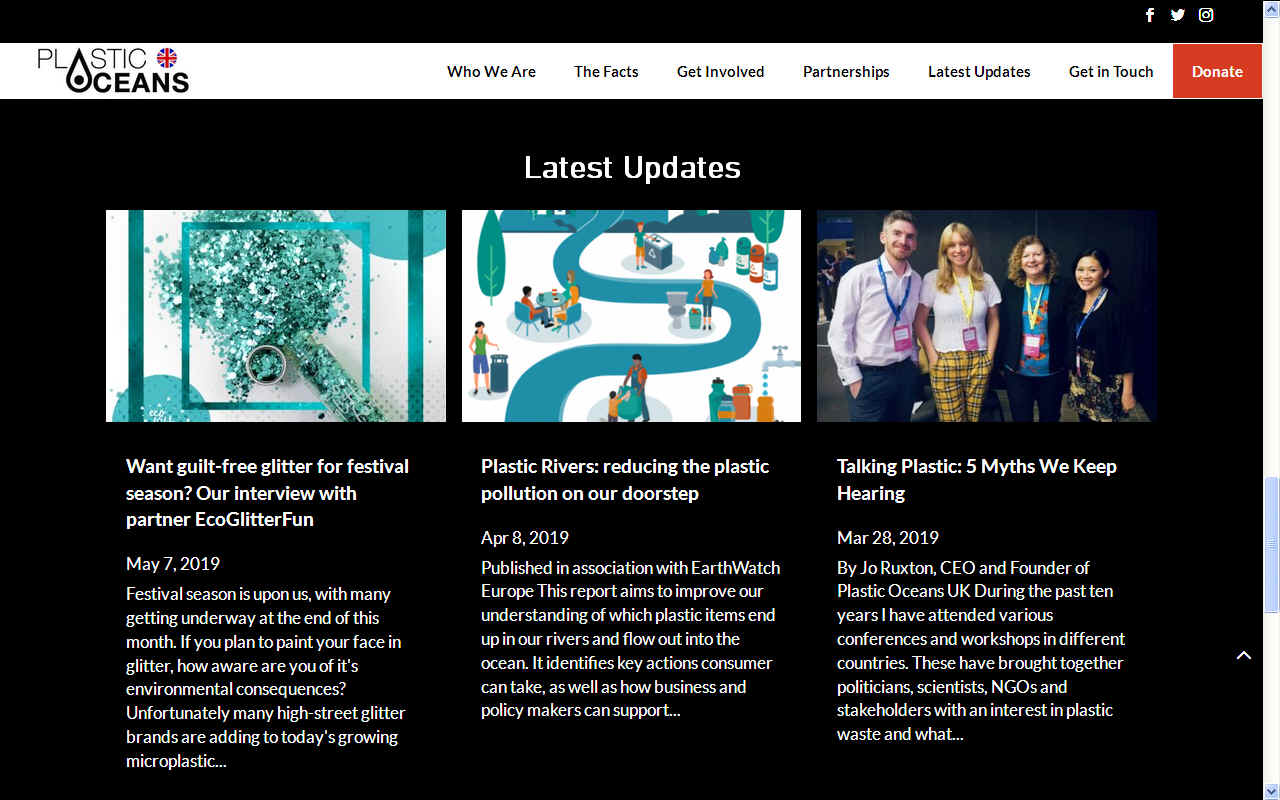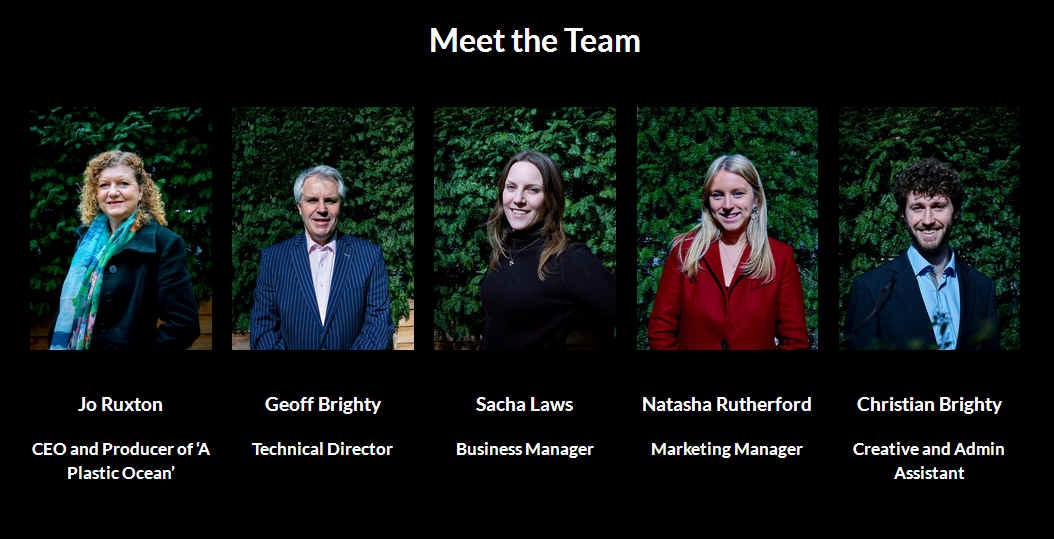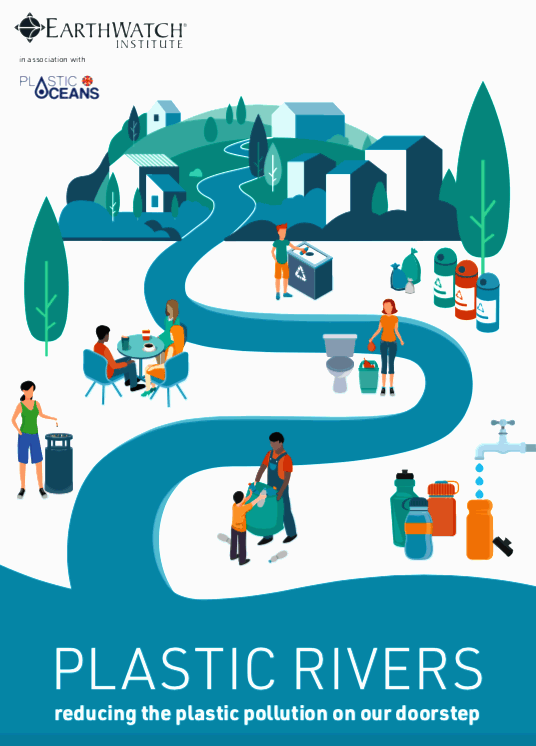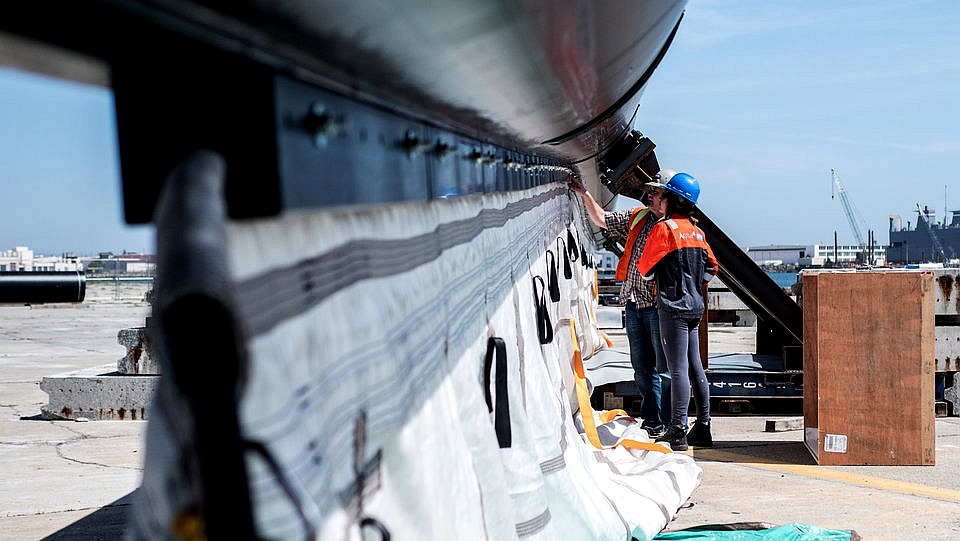
"During the past ten years I have attended various conferences and workshops in different countries. These have brought together politicians, scientists, NGOs and stakeholders with an interest in plastic waste and what it is doing to the environment, many with a focus on the ocean. The most recent of these was hosted by The Telegraph and held in London.
As always, these events provide a valuable opportunity to network with like-minded people, to hear about new innovations and the latest science. But it seems that to attract large audiences, ‘high profile’ speakers are brought into the mix and take up many of the speaking slots on the main stage. These include many producers of plastic waste. Whilst it is encouraging to know that they are aware and concerned about the subject, it does take up valuable time from those experts who are urgently searching to find real solutions.
We were surprised to hear so many over-stated and unscientific statements. For your benefit here are our clarifications:
‘There is a huge floating island of plastic out in the Pacific
Ocean, 3 times the size of Texas called, ‘The Great Pacific Garbage Patch’
Simply, there isn’t.
I have spent a month out there, as have many scientists since my visit in 2009. What exists is a massive concentration of microplastics, invisible until extracted with a
plankton net. These particles are entering the food chain at the lowest level and pose a far more insidious threat than that of an island comprising large floating pieces.
‘A plastic bottle will take 450 years to break down’
These statistics come from old educational materials released by the American National Oceanic and Atmospheric Administration. The original source adds the caveat that “many scientists believe plastics never entirely go away. These decomposition rates are estimates for the time it takes for these items to become microscopic and no longer be visible”. As well as oversimplifying the risk, this irresponsibly ignores the threat of microplastics.
Professor Richard Thompson in a scientific report explains the reality clearly: “Estimates for the longevity of plastics are variable but are believed to be in the range of hundreds or even thousands of years depending on the physical and chemical properties of the polymer, but this is likely to be greatly increased at depth where oxygen concentrations are low and light is absent… However, since we have only been mass-producing conventional plastics for around 60 years, it is too early to say exactly how long these materials will persist”.
‘By 2050 there will be more plastic than fish in the ocean’
This derives from a report by the Ellen McArthur Foundation and is based on some quite elaborate calculations. The claim is that there will be more plastic than fish by weight in the ocean by 2050.
The estimation as to the number of fish in the ocean is based on a prediction from the Ocean Conservancy, based on this 2008 article, that fish stocks would be 812 million in 2015. The statistic therefore assumes that fish stocks will stay constant until 2050. This is incredibly unlikely due to pressures from overfishing,
climate
change, and plastic pollution itself.
The prediction as to how much plastic will be in the ocean by 2050 stems from the 2015 estimation that 8 million tonnes enters the ocean each year. It added that amount on top of the current estimated 150 million tonnes of plastic present in the ocean, adjusted each year to take into account projected increases. However, the 2015 article stated that as much as 12.7 million tonnes could be entering the ocean every year, and only gave predictions of rates of increase for plastic inflows up to 2025. The Foundation then assumed it would stay constant between 2025-2050. The amount could be much higher.
So, while the substantive content of this fact is close to meaningless, it is true that at current rates there will come a time when there is more plastic than fish in the ocean unless something changes. This may be much sooner than 2050.
Interestingly, in their estimation plastic inputs were linked directly to GDP, so as GDP increased, so did the projected harm to the environment.
‘We need to recycle more’
This is problematic, as we need to stop thinking that we can recycle our way out of this mess. Plastic production must decrease, yet it is currently increasing exponentially and recycling does nothing to abate this. This is because most plastic decreases in quality each time it is recycled, until it loses its value entirely and virgin plastic must be created. How many black plastic park benches do we want on this planet?
‘We should replace tarmac with recycled plastic for our road surfaces’
This is a measure supported by some of the biggest producers of plastic waste, yet it is rife with risks. Studies have already revealed that the second biggest input of microfibres into our ocean is
car tyres. How might that increase if we start covering our roads with plastic too? Research is only beginning into the nanoplastics in the
air that we breathe. How might vast stretches of plastic-covered roads contribute to these, especially on hot days?
As regards to the conference scene, I would welcome a shift in the onstage presence that brings aboard proper expertise and recognises the audience. There’s a danger in allowing the producers of waste to dictate the conversation, as it leads to the discussion stagnating and moving focus away from the changes we desperately need."
By Jo Ruxton, CEO and Founder of Plastic Oceans UK
THE
TEAM - BOARD OF TRUSTEES & ADVISERS


Patrons
|

|

|

|
|
Julian
Lennon |
Dr Sylvia Earle |
Tanya Streeter |
ENTANGLEMENT
One of the main issues with plastic pollution in our ocean is the entanglement of marine life. Much of the time this is the result of discarded fishing nets and monofilament line, but often even less likely objects can be hazardous to marine life. To a seal or a dolphin a plastic rung is something to play with. They have no idea how dangerous the game could turn out to be.
Over 16% (56 species) of seabirds have been recorded to become snared in plastic, either after mistaking it for
food, or accidentally swimming into it. Entanglement can lead to injury, infection or drowning of the seabird. Discarded
fishing gear and six-pack yokes are the most common causes of entanglement.
CORAL
Marine debris washed up on coastlines is clear for everyone to see, but the world beneath the surface is not so obvious. Our very existence on earth is exerting extreme pressure on our oceans. We are
over-fishing, polluting and changing the very fabric of the the thing that enables us to exist in the first place.
Coral reefs are just one part of the vast ocean ecosystem, but they are essential.
Reef-building corals live in a symbiotic partnership with algae that live within the coral polyps, photosynthesising sunlight for energy. This energy provides nourishment for the polyps which in turn provide carbon dioxide for the algae and, of course, somewhere nice to live. However polyps also catch food, zooplankton, using tentacles, which they then ingest. To a hungry coral polyp, microplastics are no different to a tasty morsel of
zooplankton.
A study conducted in Australia* has shown that coral polyps will catch and ingest plastic particles. When placed in an environment of concentrated plastic waste, the corals ingested the plastic particles which were found deep within the coral polyp gut cavity wrapped in digestive tissue.
Although there is still much more research to be done this paper already demonstrates that coral polyps can and will ingest plastic particles. If plastic waste continues to get into the oceans at the current rate and microplastics take the place of zooplankton it will inevitably have an impact on the growth of individual coral polyps and could ultimately impair the growth of this essential ecosystem. The coral reefs of the world can take much more pressure and while temperature change is inevitable, the ridiculous path of plastic waste from consumer to the oceans is not. We need to change our behaviour and improve our waste management processes to a level that prevents plastic getting into the oceans or risk losing the very thing that gives us life.
*Hall, N.M., Berry, K.L.E., Rintoul, L. et al. Mar Biol (2015) 162: 725. doi:10.1007/s00227-015-2619-7







